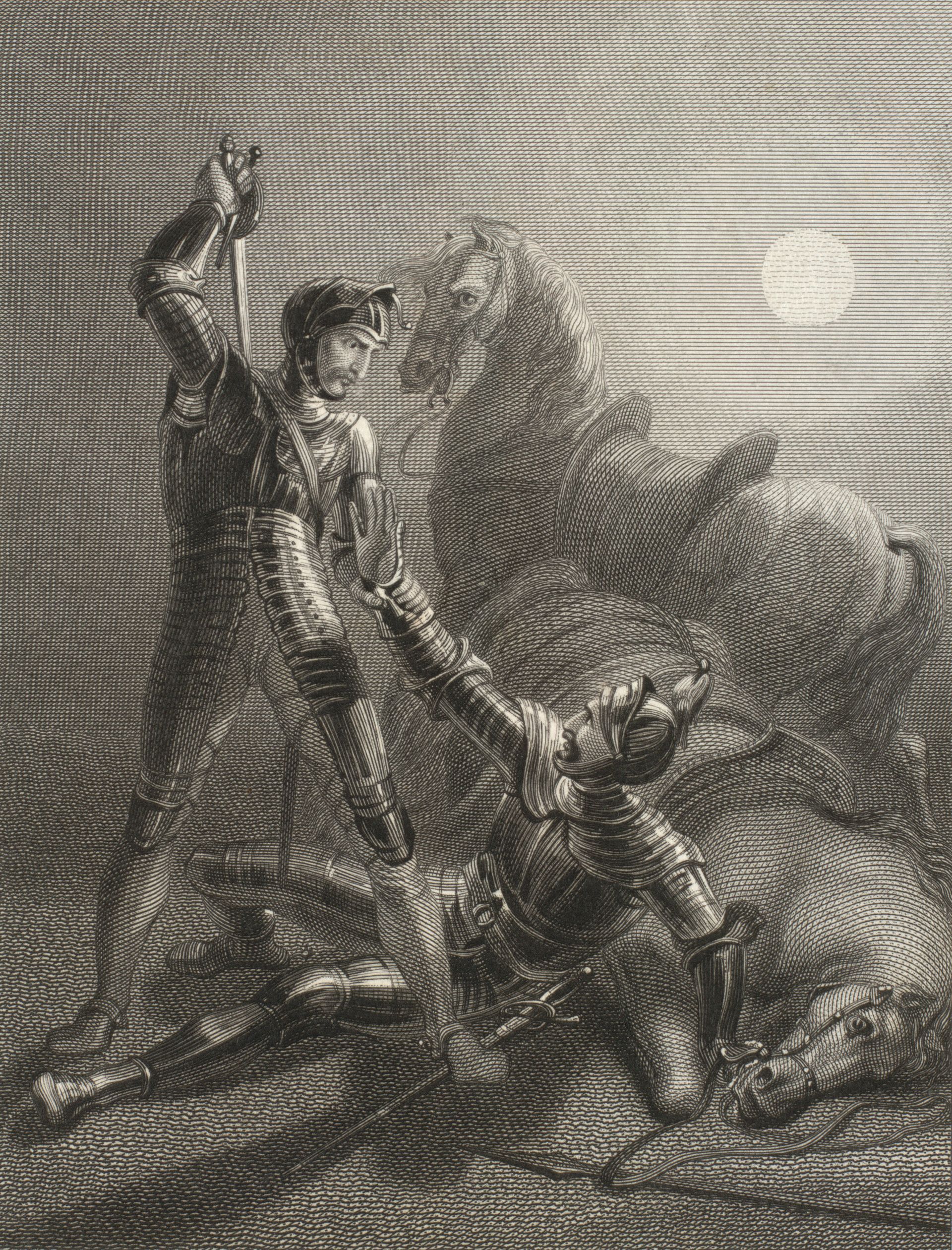A Mighty Treasure: James C. Corson's Collection of Scottiana
Thursday 13th May 2010
Summary of the Talk:
Paul Barnaby's talk offers an insightful overview of James C. Corson's collection of Scottiana, known as the Corson Collection, which he amassed throughout his life.
Corson was a passionate scholar of Sir Walter Scott and began collecting Scottiana as a teenager. His collection grew over several decades, largely focusing on biographical and critical works related to Scott, including books, manuscripts, prints, and memorabilia. It eventually became one of the largest and most significant private collections of Scott-related materials in the world.
Corson was born in Edinburgh in 1905 and worked as a librarian at Edinburgh University until his retirement. His collection includes over 6,800 printed books, rare editions of Scott's works, illustrated editions, musical and theatrical adaptations, as well as a variety of memorabilia and personal papers. His collection also contains critical works and scholarly articles, with a major focus on biographical materials. The collection was sold to Edinburgh University in 1978 and is now housed in the University Library.
Corson’s collection is unique for its comprehensive scope, covering not only Scott's literary works but also his cultural and material impact. Corson paid special attention to posthumous editions and the public reception of Scott's work, including rare books, illustrated editions, and even tourist memorabilia related to Scott and his legacy.
Notable Points:
- Early Influence of Scott: Corson’s fascination with Scott began in his youth, particularly when he was introduced to The Lady of the Lake in school, which sparked his lifelong interest in Scott's works.
- Strategic Collecting: Corson was resourceful in building his collection, overcoming financial constraints by frequenting bookshops, catalogs, and auctions. He also cleverly solved the problem of space by selectively acquiring items that focused on Scott’s literary and biographical significance.
- Unique Items: Among the rare and unique pieces in the collection are:
- Presentation copies of Scott's first publication.
- Illustrated editions, including some of the first photographic illustrations in British books.
- Early musical adaptations of Scott’s works, including operas by composers like Beethoven and Schubert.
- Memorabilia and Realia: Corson’s collection extends beyond books, including items like miniature models of Scott's chair, Abbotsford-themed porcelain, and even a set of plastic knights related to the 1952 film Ivanhoe. This memorabilia reflects both Corson’s personal obsession with Scott and his foresight about the cultural value of such items.
- Critical Legacy: Corson’s papers, including his unpublished manuscript projects and scholarly correspondence, contribute significantly to the study of Scott. His ‘Scott Dictionary’ containing over 200,000 notes on Scott’s life and works remains a critical resource for Scott scholars.
- Digital Archive: The University of Edinburgh has digitized much of the collection in the Walter Scott Digital Archive, making it accessible to scholars and the public. The archive serves as a valuable research tool and showcases the broad cultural influence of Scott, as well as Corson’s dedication to preserving and understanding his legacy.
In essence, Corson's collection stands as a monumental tribute to Scott’s life and works, offering invaluable insights into both the man himself and the way his works shaped cultural identity, particularly in Scotland.
Download the [transcript] or read the [bulletin]




